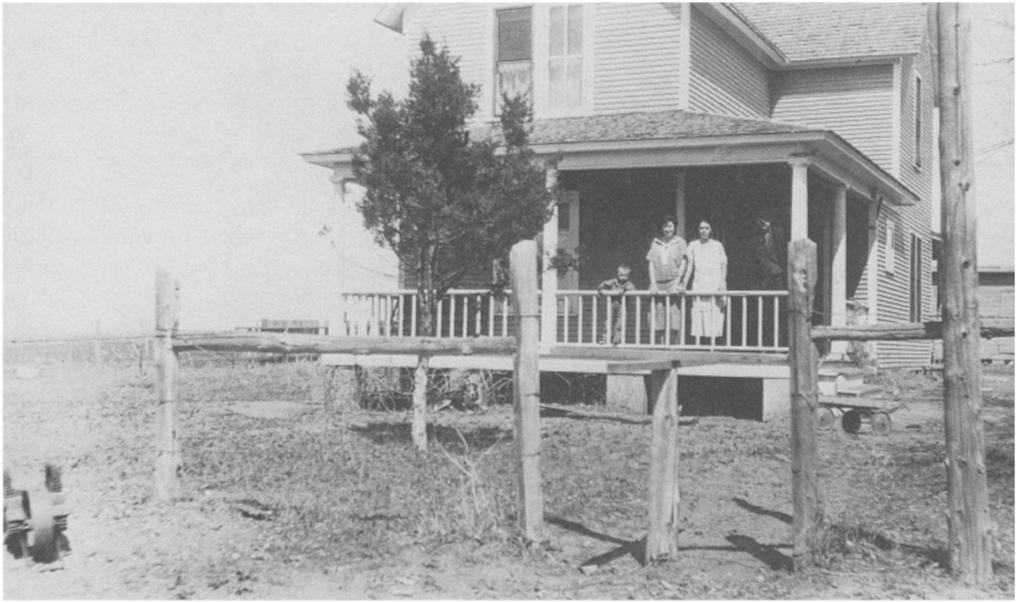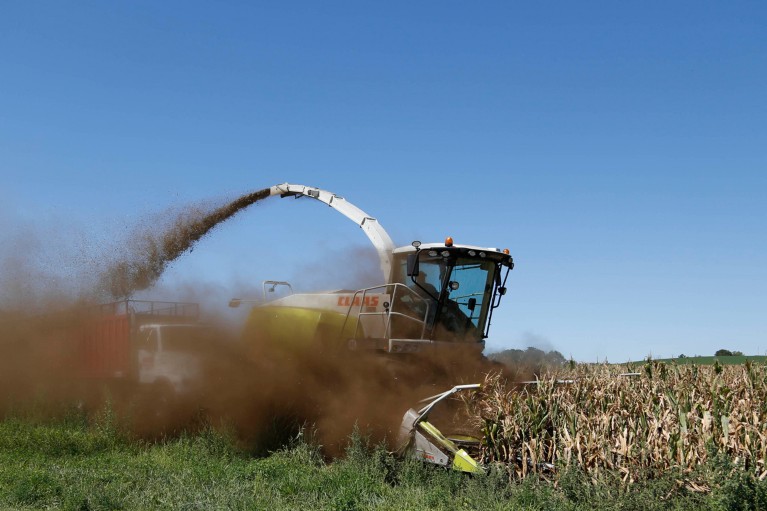From Dust to Bounty: Green Crops Thrive on the Rosebud Reservation
From Dust to Bounty: Green Crops Thrive on the Rosebud Reservation

The Rosebud Indian Reservation, nestled in the heart of South Dakota, has long been known for its vast prairies and rich history. But beneath the windswept plains, a new story is unfolding: a story of resilience, innovation, and a deep connection to the land. It’s a story about green crops, and how they’re transforming the landscape and the lives of the Rosebud Sioux people.
For generations, the Rosebud Reservation has faced challenges: poverty, unemployment, and a lack of access to fresh, healthy food. But the land, though sometimes harsh, offers a powerful resource: the potential for sustainable agriculture. And that’s where the green crops come in.
Related Articles: From Dust to Bounty: Green Crops Thrive on the Rosebud Reservation
- Unveiling the Enduring Legacy: Native American Reservations Thrive Today
- Unveiling the Indigenous Heritage of Massachusetts: Discover the Indian Tribes of the Bay State
- Unveiling Syracuse's Indigenous Heritage: Discover the Heart of the Indian Reservation
- Unveiling Montana's Native American Heritage: Explore the Enchanting Indian Reservations
- More Than Just A Song: Unveiling The Power Of "Indian Reservation (The Lament Of The Cherokee Reservation)"
From Traditional Practices to Modern Solutions
The Rosebud Sioux people have a deep understanding of their land and its natural rhythms. For centuries, they’ve cultivated the land, growing crops like corn, beans, and squash, using traditional methods passed down through generations. But the modern world has brought new challenges: climate change, soil degradation, and limited access to resources.
Enter the green crops: a wave of innovation that’s bringing new life to the Rosebud Reservation. These crops, like drought-resistant varieties of corn and beans, are specifically bred to thrive in the challenging conditions of the region. They require less water, can withstand extreme temperatures, and are less susceptible to pests and diseases. This means that farmers on the reservation can grow more food, even in the face of climate change.
More Than Just Food: A Path to Economic Growth
The impact of green crops on the Rosebud Reservation goes far beyond just food security. They’re also helping to revitalize the local economy. By growing crops that are in high demand, farmers can increase their income and create new jobs. The reservation is also seeing a rise in value-added agricultural businesses, such as processing facilities and farmers markets, which further contribute to economic growth.
Building a Sustainable Future
The adoption of green crops is part of a broader movement towards sustainable agriculture on the Rosebud Reservation. Farmers are embracing organic practices, reducing their reliance on chemical fertilizers and pesticides, and promoting soil health. This not only benefits the environment but also ensures the long-term viability of the land for future generations.
Beyond the Fields: A Community Effort

The success of green crops on the Rosebud Reservation is a testament to the resilience and ingenuity of the people. It’s a story of community collaboration, with farmers, researchers, and government agencies working together to find solutions to the challenges they face.
The Rosebud Sioux Tribe has played a key role in this effort, providing support and resources to farmers. The Tribe has also established partnerships with universities and non-profit organizations to bring new technologies and knowledge to the reservation.
A Glimpse into the Future
The green crops movement on the Rosebud Reservation is still in its early stages, but it holds immense promise for the future. The land is being revitalized, the economy is growing, and the community is becoming more self-sufficient. This is a story that inspires hope, showing how innovation and collaboration can lead to a more sustainable and prosperous future for the Rosebud Sioux people.
FAQ: Green Crops on the Rosebud Reservation

Q: What are some of the specific green crops being grown on the Rosebud Reservation?
A: Farmers are focusing on drought-resistant varieties of corn, beans, and squash. They’re also experimenting with new crops like quinoa and amaranth, which are well-suited to the region’s climate and soil conditions.
Q: How are the green crops benefiting the Rosebud Sioux people?
A: Green crops are helping to improve food security, increase income, create jobs, and revitalize the local economy. They’re also contributing to a more sustainable future by promoting soil health and reducing reliance on chemical inputs.
Q: What challenges are farmers facing in adopting green crops?

A: Some of the challenges include access to resources, lack of technical expertise, and limited market access. However, the Rosebud Sioux Tribe and other organizations are working to overcome these obstacles through education, training, and support programs.
Q: What is the future of green crops on the Rosebud Reservation?
A: The future looks bright. The adoption of green crops is gaining momentum, and farmers are committed to continuing to innovate and improve their practices. With continued support from the Tribe and other stakeholders, green crops are poised to play an even greater role in the economic and environmental well-being of the Rosebud Reservation.
Beyond the Numbers: A Human Story
The story of green crops on the Rosebud Reservation is more than just statistics and data. It’s a story of people, of their determination, their love for their land, and their vision for a brighter future. It’s a story that inspires hope and shows that even in the face of adversity, there’s always a way to find a path forward. And that path, paved with green crops, is leading the Rosebud Sioux people towards a future filled with promise.

Closure
Thus, we hope this article has provided valuable insights into From Dust to Bounty: Green Crops Thrive on the Rosebud Reservation. We appreciate your attention to our article. See you in our next article!